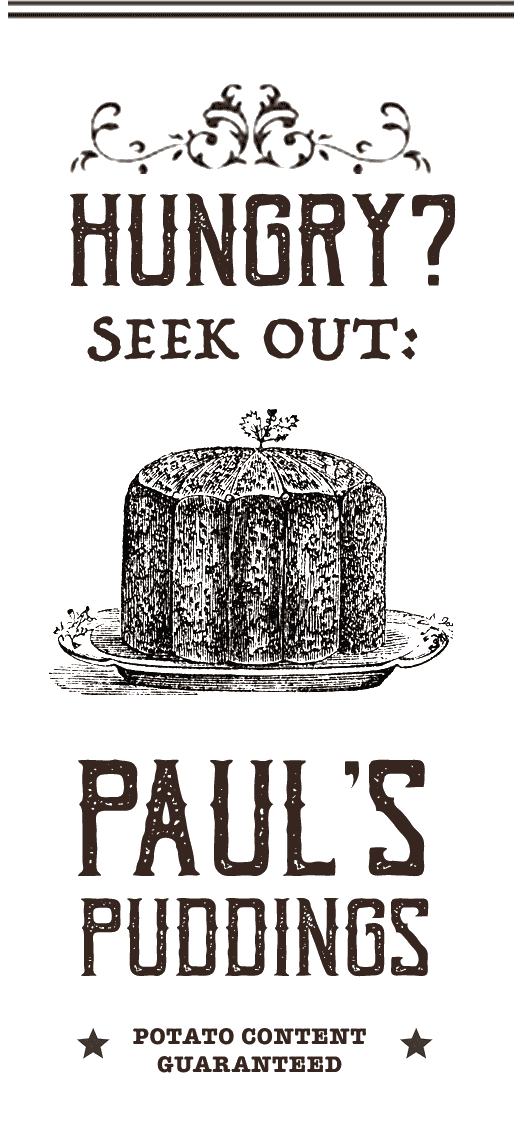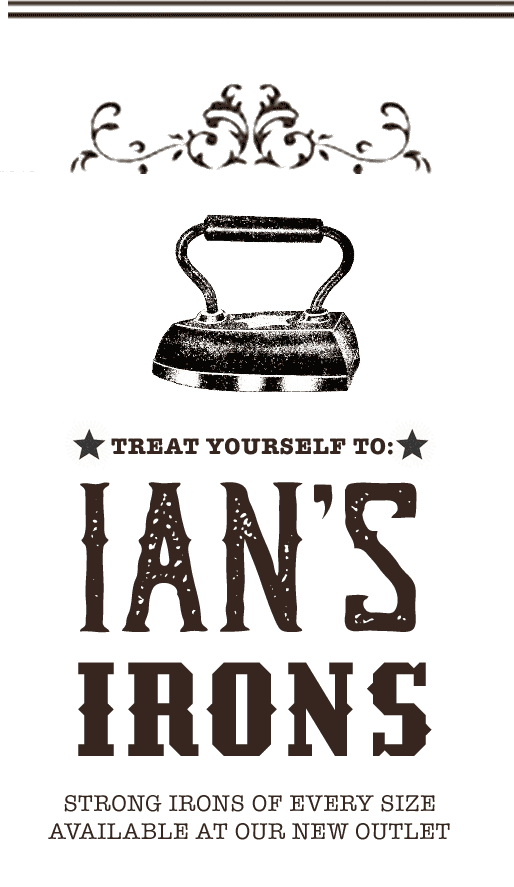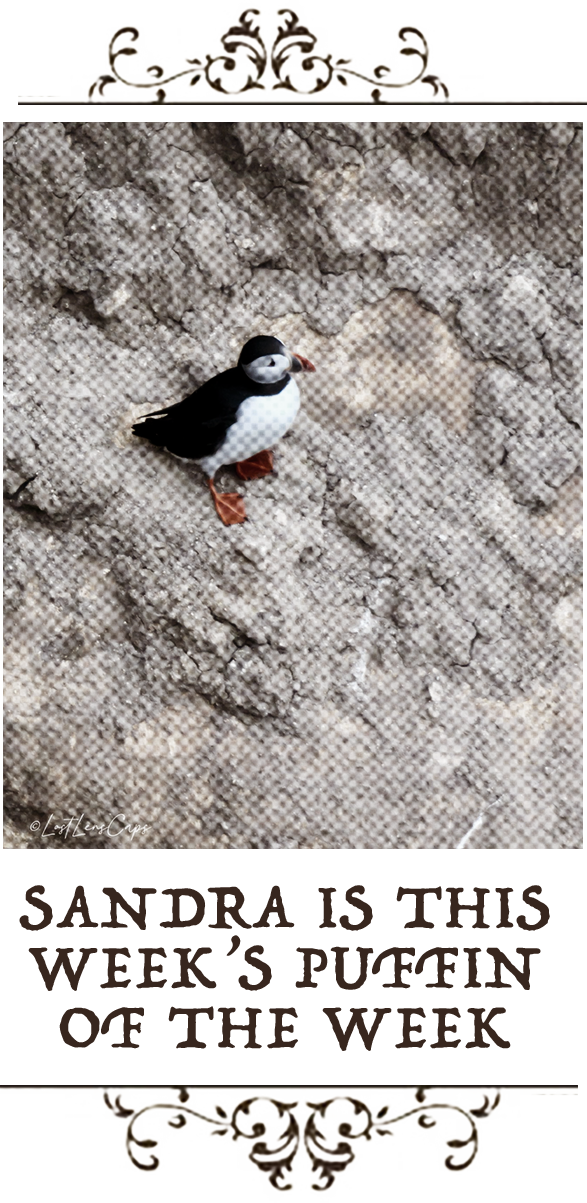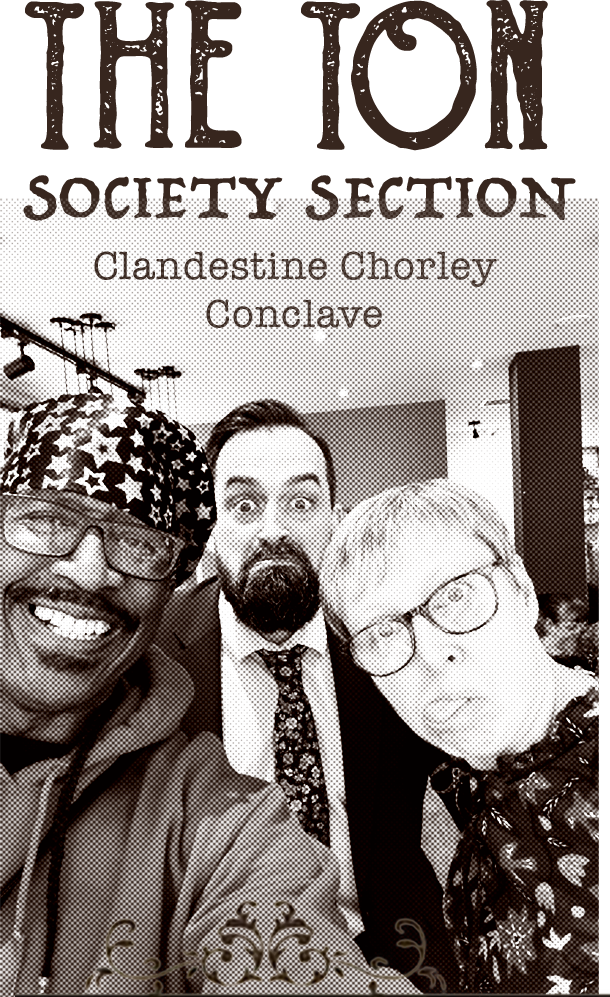
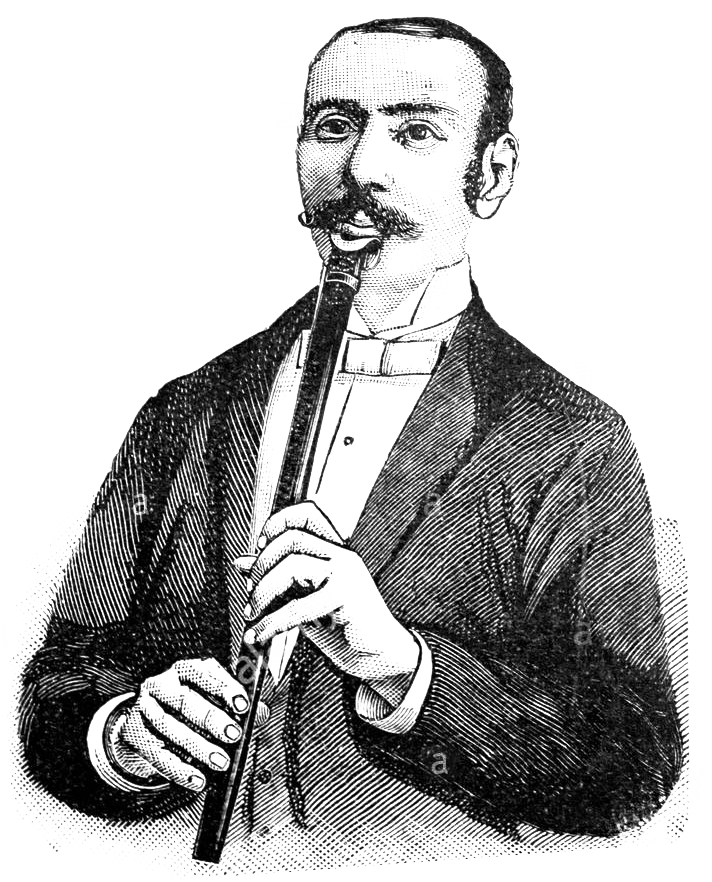
Why have we embedded instrumental teaching (in this case, the recorder) in our Year Two and Three music lessons?
Posted by the Music Guru
We think it is a wonderful necessity. Children should have the opportunity to begin to learn an instrument from as young an age as possible.
Let’s put it into context
Here at Hullabaloo, we have made sure that the elements of music (all the ingredients that go together to create a piece of music) are introduced and embedded thoroughly in Key Stage One. We champion the importance of both propositional knowledge (knowing ‘what’) and procedural knowledge (knowing ‘how’) in Hullabaloo, but we take it a step further. We carefully include opportunities to action procedural knowledge, resulting in authentic skill building. This is one reason why we introduce recorder playing in Year Two. This holistic approach also means that playing and performing happens within the context of our general classroom music lessons, rather than being an add-on.
In addition, most experts recommend starting musical instrument tuition between the ages of four and seven. At this age, children have developed sufficient fine motor skills and hand-eye coordination to begin playing an instrument. So, the note reading they are learning about becomes note playing on a recorder. And, because they are making music on a non-percussion instrument, they are not just playing the note – they are CREATING the note!
Small-handed people
We know that there is a school of thought that Key Stage One children are too young for recorders, but we counter that from personal experience; our very own small-handed Music Guru learned to play the recorder at the age of six – and taught her grandad, too! That’s where her passion for instrumental teaching began.
The recorder is a small instrument for small hands and, unlike all other wind instruments such as the flute and clarinet, it doesn’t need a special embouchure to play a musical sound!
Playing the recorder gives children first-hand (pardon the pun) experience in reading music for an authentic reason. Sure, it might hurt your ears at first, but not many instruments make a beautiful sound in the little hands of a complete infant beginner. Let’s be honest, it could be worse – it could be the violin!
The precise finger movements required to play notes on the recorder means that children’s fine motor skills are being developed in a really purposeful way.
Listening and learning
How about those listening skills, too? Teaching the recorder fosters teamwork, with children working together, listening to each other and playing in unison.
It’s never too soon to nurture young children’s efforts in perseverance and dedication, and we know that they love the opportunity to show off their newly acquired music skills in live performance opportunities.
This is not a comprehensive recorder scheme – we want our pupils to WANT to learn an instrument and to begin to build up the determination and confidence to do this. We want them to have a taste of the joy of learning, practising, playing and performing live music.
This is the first step on that journey.
With enough practice, maybe, one day your class could sound like this:







